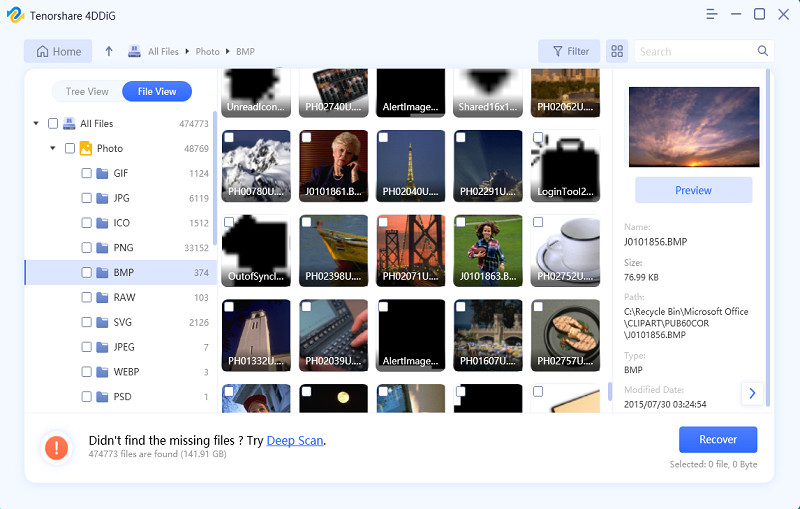Losing precious photos stored in the cloud can be a frustrating experience. Whether due to accidental deletion, device malfunction, or other unforeseen circumstances, knowing how to retrieve these images is crucial. This guide provides a comprehensive overview of various methods to answer the question: How Do I Retrieve Photos From The Cloud?
Understanding Cloud Backup Platforms
Before diving into recovery methods, it’s essential to understand the different cloud storage platforms available. Popular options include Google Drive, iCloud, Acronis, and BackBlaze. Each platform offers varying storage capacities and subscription plans. Choosing the right platform depends on individual needs and preferences.
Methods to Retrieve Photos from the Cloud
Several methods exist for retrieving photos from the cloud, ranging from built-in platform features to third-party software solutions.
Retrieving Photos from Google Drive
Google Drive offers a 30-day grace period for recovering deleted photos from the Trash folder. For G Suite users, the Google Admin Console provides extended recovery options for permanently deleted files. Individual users can access the Trash folder and restore photos within the 30-day window.
Retrieving Photos from iCloud
iCloud allows users to restore deleted photos through the “Recently Deleted” album, accessible within the Photos app. This album typically retains deleted photos for 30 days before permanent deletion. Alternatively, iCloud backups can be used to restore an entire device to a previous state, including photos.
Retrieving Photos from OneDrive
Microsoft OneDrive, often integrated with Samsung devices, provides a Recycle Bin feature similar to Google Drive. Deleted photos are moved to the Recycle Bin and can be restored within a specific timeframe. Accessing the Recycle Bin through the OneDrive website or app allows users to select and restore deleted photos.
Utilizing the Recycle Bin on Your Computer
If your computer is synced with a cloud storage service, deleted photos might be moved to the Recycle Bin instead of being permanently deleted from the cloud. Checking the Recycle Bin on your computer can sometimes lead to recovering seemingly lost photos.
Leveraging Third-Party Data Recovery Software
For permanently deleted photos or situations where built-in recovery methods fail, third-party data recovery software can be a viable solution. Tools like Tenorshare 4DDiG Data Recovery offer advanced recovery capabilities for various file types, including photos, from different storage devices, including cloud storage.
 alt text: Screenshot of Tenorshare 4DDiG displaying a preview of recovered files and the option to restore them.
alt text: Screenshot of Tenorshare 4DDiG displaying a preview of recovered files and the option to restore them.
Preventing Photo Loss in the Cloud
While recovery methods are helpful, preventing photo loss is always preferable. Key preventative measures include:
- Regular Backups: Implementing a consistent backup schedule ensures multiple copies of your photos exist.
- Using Reliable Antivirus Software: Protecting your devices from malware can prevent data corruption and loss.
- Avoiding Accidental Deletion: Exercising caution when deleting files and utilizing confirmation prompts can minimize accidental deletions.
- Safe System Shutdown Practices: Properly shutting down your computer and safely ejecting external devices helps prevent data loss.
Conclusion
Retrieving photos from the cloud is possible through various methods. Understanding the specifics of your cloud storage platform and implementing preventative measures are crucial for protecting your valuable memories. While built-in features often suffice, third-party software provides advanced recovery options for challenging situations. By utilizing the appropriate techniques and taking proactive steps, you can ensure your photos remain safe and accessible.
